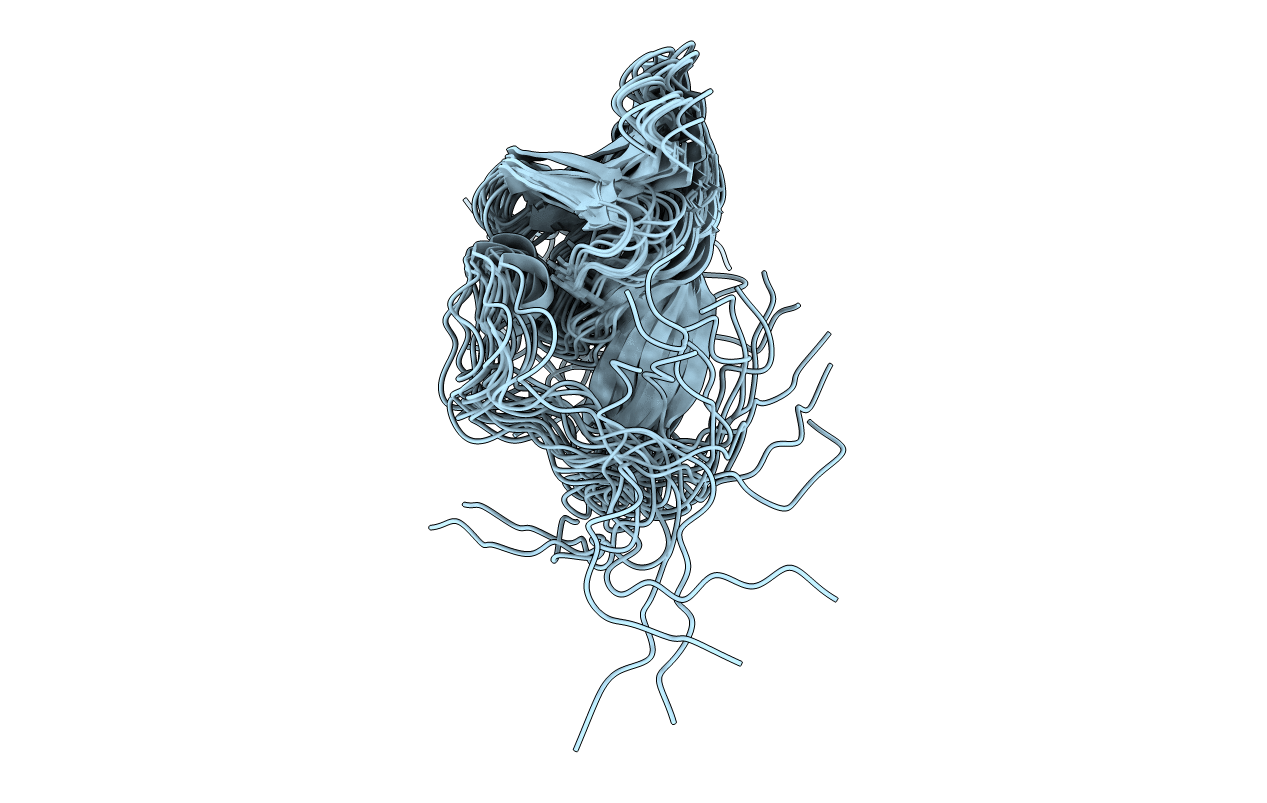
Deposition Date
2011-04-22
Release Date
2011-12-21
Last Version Date
2024-05-15
Entry Detail
PDB ID:
2LC4
Keywords:
Title:
Solution Structure of PilP from Pseudomonas aeruginosa
Biological Source:
Source Organism:
Pseudomonas aeruginosa (Taxon ID: 287)
Host Organism:
Method Details:
Experimental Method:
Conformers Calculated:
100
Conformers Submitted:
20
Selection Criteria:
structures with the lowest energy


